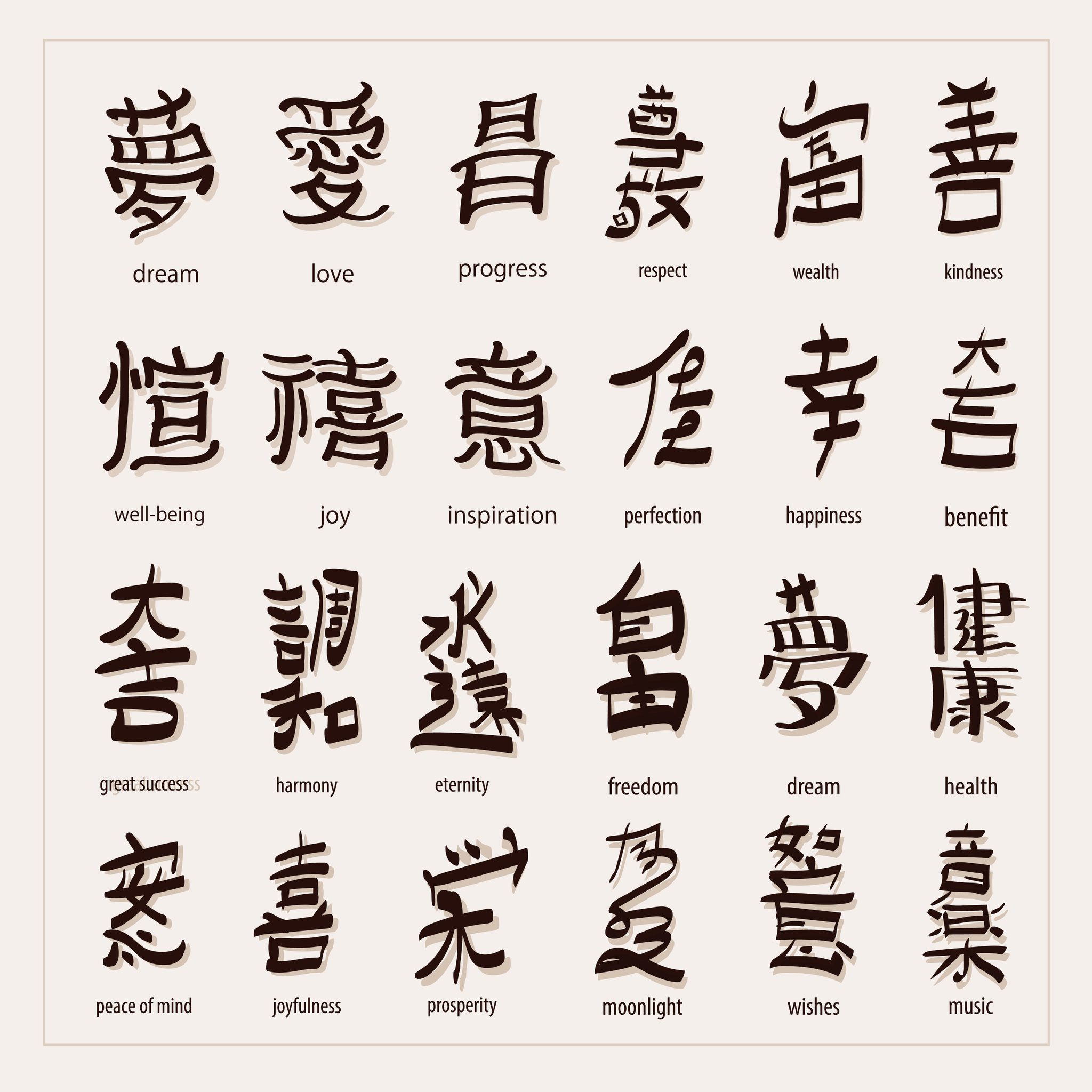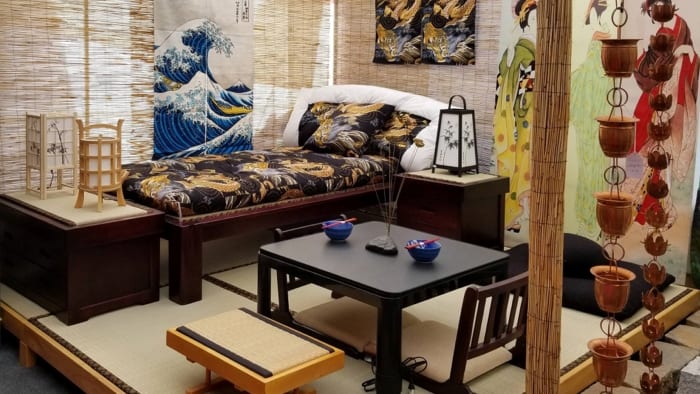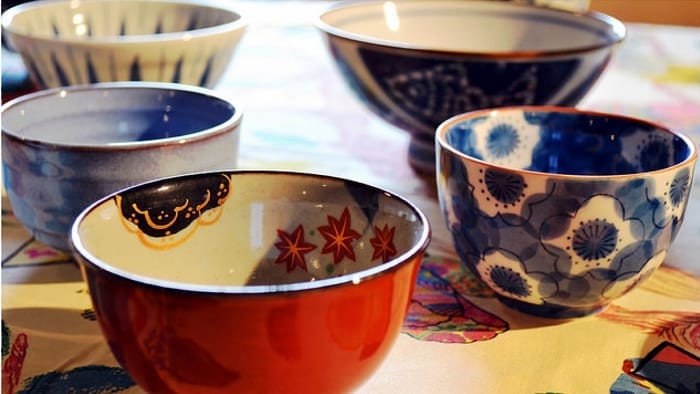The O-Bon festival, commonly known as the Lantern Festival, is actually a Buddhist celebration that lasts for three days, from July 13th to 15th. Depending on the region, some celebrate it a month later. It is characterized by the lighting of lanterns outside houses and sometimes even beside the dead’ graves.
So what makes the lanterns so significant in Buddhist practice? This 3-day event is celebrated because the Japanese believe that it is during these days that the souls of their ancestors return to their homes on earth. Lanterns signify the families’ act of guiding their loved ones’ spirits to find peace.
Origin of the O-Bon Festival
There’s a story behind this festival, and it starts with a Buddhist monk named Mokuren. When Mokuren’s mother passed away, he kept thinking of her and had visions of her soul not leaving this earth because she is not at peace. Feeling uneasy, he asked his Guru how he could help his mother find peace. The Guru told him that by simply performing good deeds in the community, his mother’s bad deeds might be balanced with the good so that her soul may finally be in peace. When Mokuren did as the Guru told him, he felt that his mother’s soul is now at peace. To celebrate, he danced what is now known as the Bon dance.
How the Festival is Celebrated
The O-Bon festival begins with the lighting of the mukaebi fire or chochin lanterns on the evening of July 13th outside homes to receive the ancestors’ souls. Some families even go out of their way and visit family graves to call their ancestors’ spirits to come back home. Homes are cleaned, and a variety of fruits and vegetables are offered to the spirits. During this time, a Buddhist priest chants sutras in front of the altar where food offerings are placed. The smell of Senko incense fills the air of houses and cemeteries during this three-day ceremony.
On O-Bon nights, people usually dress up in yukatas, visit parks, gardens, shrines, or temples where this is celebrated. They dance around a stage to practice the folk dance in celebration of the dead. The dances vary but what is common is the use of Japanese drums to build sound and rhythm.
On the last day of the festival, a fire is lit outside homes to send the spirits back. Hanging chochin lanterns painted with the family crest is used to guide the spirits back. Toro nagashi, or the tradition of sending off floating lanterns, is also observed during this time. The spirits of the ancestors are sent off by lighting a candle inside a lantern.
The O-Bon festival is not a national holiday in Japan.
Questions about the O-Bon Festival or our selection of lanterns? Email us!



